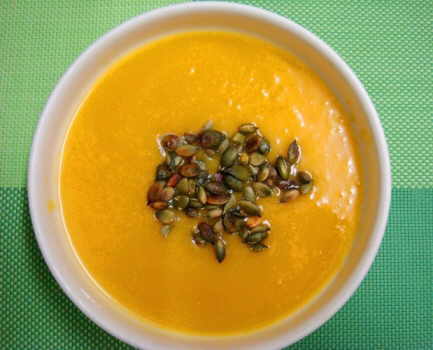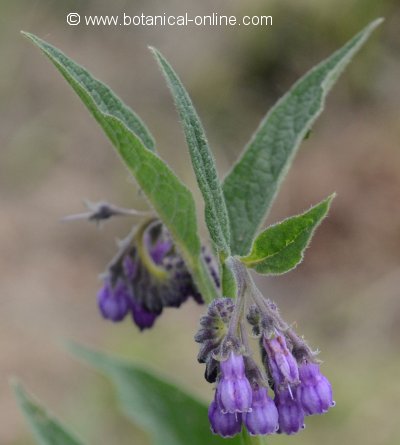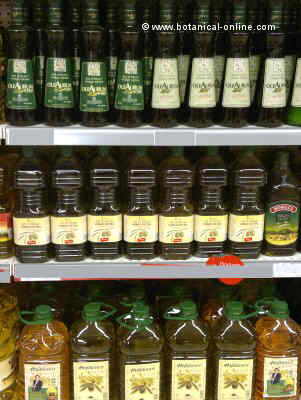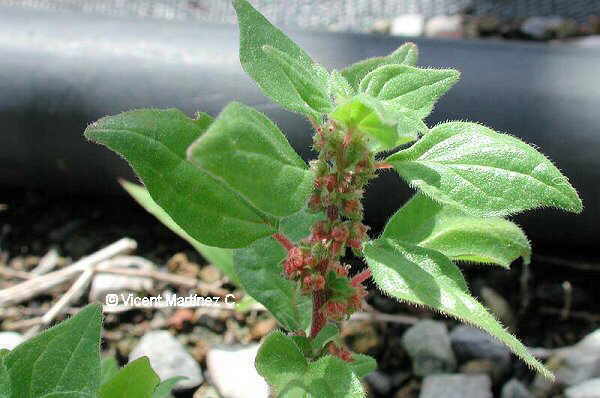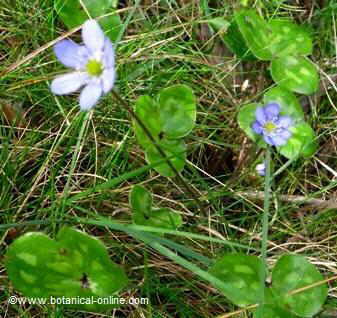Health benefits of dog rose (Rosa canina L.)
MEDICINAL PROPERTIES OF DOG ROSE
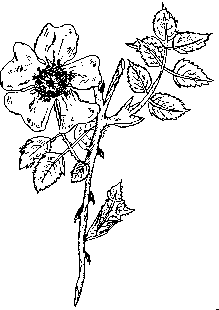
Dog rose characteristics
Common noun: Dog rose
Scientific noun: Rosa canina L. The origin of this name seems to be attributed to the fact that it has hooked prickles which resemble to a dog canines. Some people belief that the name was given because the plant was used in the past to cure rabies.
– Synonyms: Rosa corymbifera Borkh. = Rosa dumetorum Thuill. = Rosa caesia Sm. = Rosa afzeliana Fr. = Rosa andegavensis Bastard = Rosa borreri Woods = Rosa sarmentacea Woods = Rosa deseglisei Boreau
Family. Rose Family – Rosaceae
Habitat: We find it in woods, hedges, by the side of the roads.

Description of dog rose
Perennial bush up to 2 m.tall. Vine shoot like stems, green, pendulous, with strong hooked prickles.
Composite leaves; 3- 4 pairs of toothed, oval leaflets.
Solitary flowers or in 1-4 corymbs. White or pink, till 4 cm wide with numerous stamens and sepals which fall before the fruit is rip.
Fruit 2 cm wide, dark red (Rose hips).
Sometimes there are some protuberances over the branches, which are produced by the plant itself to locate the larvae of the insects Rhodite Rosae. This formations,as we will see later, have medicinal uses.
Picking and storing dog rose
Roots must be picked at the beginning of Spring. Leaves when in late Spring. Petals before the flower bloom – They must be air dried on a piece of cloth and kept in airtight containers in a dry spot. The hips should be collected in Autumn when well ripe.
Medicinal properties of dog rose
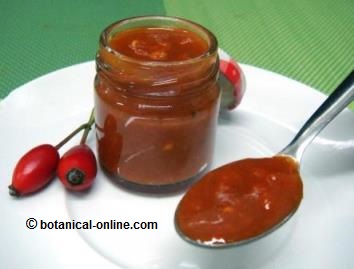
- Digestive: Very useful to treat gastritis, flatulence, hiatal hernia, heartburn or stomachache (A teaspoon of dry petals, soaked for 5 minutes in hot water. Take a cup after meals.)
- Anti-inflammatory: Pour boiling water over 10 gr. of dry flowers. Put a soaked compress on the eyes.
- Eyewash: – rose ointment-: According to ancient Greek, the petals had to be soaked with olive oil and wine in the sun.
- Soft laxative: 70 gr. of dry leaves per litter or 60 gr. of dry root per litter must be cooked in water. In both cases water must be evaporated a third.
- Vitaminic: Having removed the seeds, which we must be careful of since they are poisonous for our spine, smash the fruit pulp and mix it up in equal parts with sugar to eat it as a marmalade. They are very rich in vitamin C.
- Astringent: When the hips are permitted to boil in a proportion of 25 gr. per litter of water till decreasing it by a third, they are astringent and can be used to cure diarrhea.
- Tonic: Drink the infusion made with 6O gr. of hips per litter of water.
- Sedative: It is used to calm the nervous system when it manifests itself mainly in stomach problems (Infusion of a spoonful of dried flowers per cup of water. Take 2 glasses per day)
Main curative properties of dog rose
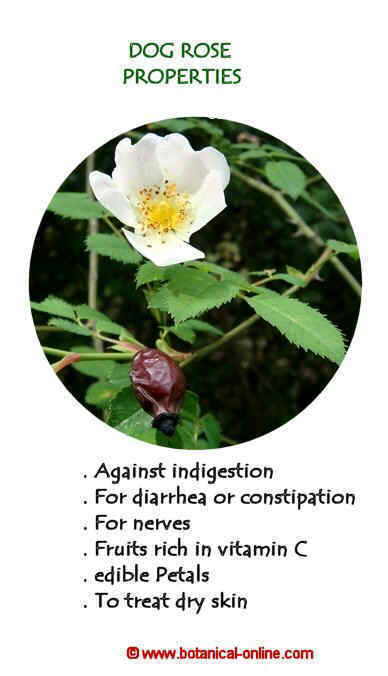
Edible properties of dog rose
Apart from the rose hips marmalade, such as it has been said before, the petals of the dog rose can be used to decorate cakes, having previously candied them. Mixed with honey or sugar, we can make splendid jellies.
Cosmetic properties of dog rose
The infusion of rose petals is a fantastic astringent and skin tonic. It has to be used by people having too oily skins. The tannins which this flower contains will close their pores and tone up their skin. It is a good remedy against youthful acne.
*Water of roses: See Rosa gallica
![]() More information on rose hip
More information on rose hip

